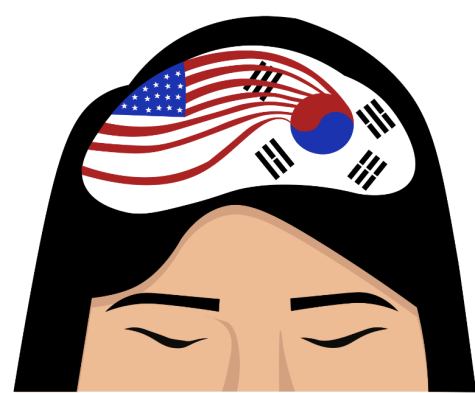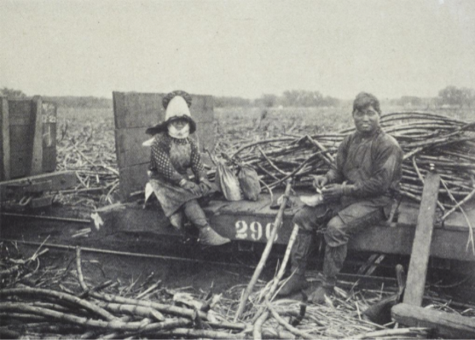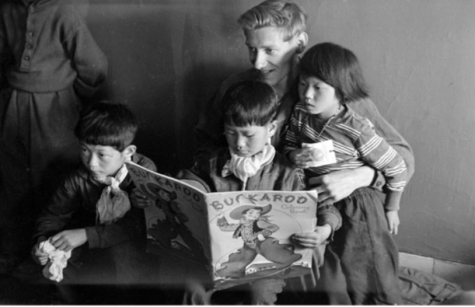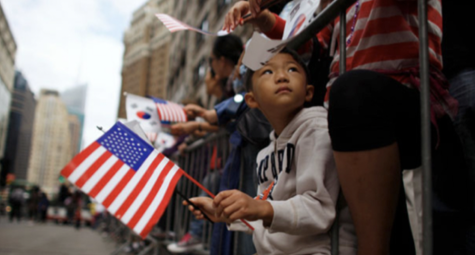Pockets of History: Honoring Korean American Day
March 17, 2023

Try to recount the last time you stepped into a Korean market: the aisles are filled with popular Korean snacks imported from across the Pacific and hand-made side dishes from the pre-made dishes area that satisfies your deepest cravings. And if you’ve never been in one, you probably can’t deny making the “whipped coffee trend” in 2020 or watching Squid Game. Or, perhaps you have listened to BTS on the radio with popular songs like Dynamite or Butter, which spent upwards of 20 weeks on the Billboard Hot 100 Chart respectively. Or, perhaps you have visited the thriving life in Koreatown, Los Angeles, populated with the best Korean barbeque spots in the world.
No matter how it may have happened, you most likely interacted with snippets of Korean culture at least once. Despite these popular aspects of Korean culture in America, there is a long and hidden history of Korean culture that is specific to Korean Americans.
Korean American Day, annually celebrated on January 13th, was first established in 2005 by President George W. Bush; first proposed to celebrate the 100th anniversary of the arrival of the first Korean immigrants. The day has now been a day of celebration for the rich history that Koreans have in America. Honoring a group of people can be daunting because it is important to stay respectful and conscientious of the diverse and great amount of customs that are specific to that group of people. One of the best ways to be culturally aware when honoring a day like Korean American Day is to educate yourself: here is a little pocket of the Korean American experience.

The first wave of Korean American immigrants came on January 13th, 1903. The immigrants mainly went to Hawaii following its annexation. In need of cheap labor and following the Chinese Exclusion Act of 1882, Koreans were recruited to the Hawaiian pineapple and sugar plantations. As Koreans would begin to create lives in Hawaii, several would also move to the mainland United States and begin to open their own businesses. Once the Immigration Act of 1924, which set exclusionary quotas on immigrants coming to America, would put a halt to the first wave of Korean immigrants. Despite the cut off of the major influx of Asian immigrants, many continued to come to America; many Koreans would immigrate to America as political refugees because of the eventual Japanese interment of Korea from 1910-1945 and as students to study in many of the major universities in the east coast, such as Boston University, Harvard University, and more.

With the beginning of America’s participation in the Korean War from 1950-1953 and the lifting of the Immigration Act of 1924 to the McCarrne and Walter Act of 1952, the second wave of Korean immigrants coming to America began. This wave can be characterized by three groups: Koreanwives of American soldiers that were deployed during the Korean War, child refugees, and students or businessmen. Many of the wives of American soldiers, at the time called “war brides,” alienated both other Koreans along with Americans from having to live near military bases for their husbands. In addition, many mixed Korean children were brought into America and adopted by Americans. They had to face a lot of alienation because of the stereotypes surrounding being mixed, Korean, adopted, and more. Lastly, the many intellectuals and students that came to America would fuel the “Model Minority Myth” because they were some of the few that was culturally accepted in America, despite the continuing segregation they faced from the rest of Americans, for being a student, doctor, lawyer, and more.

Finally, the third wave of Korean immigrants followed the Immigration and Neutrality Act of 1965. Many of the Koreans coming into America would no longer be political or war refugees and laborers but would be Koreans trying to unite with their families or begin to form their own lives here in America.
Koreans have a long history in America that should be recognized and learned about. The immense popularity that Korean culture has received is exciting and there is so much rich history that Korea has to offer. However, it is important to recognize the deep history that Korean Americans have and how the several local Korean restaurants on Wilshire Street have a story in America too.
Even if it is not Korean American, the next time you decide to consume Korean culture, whether it be food, music, or shows, remind yourself of the long history that has built Korean American existence that brings you those parts of Korea right to your fingertips.


